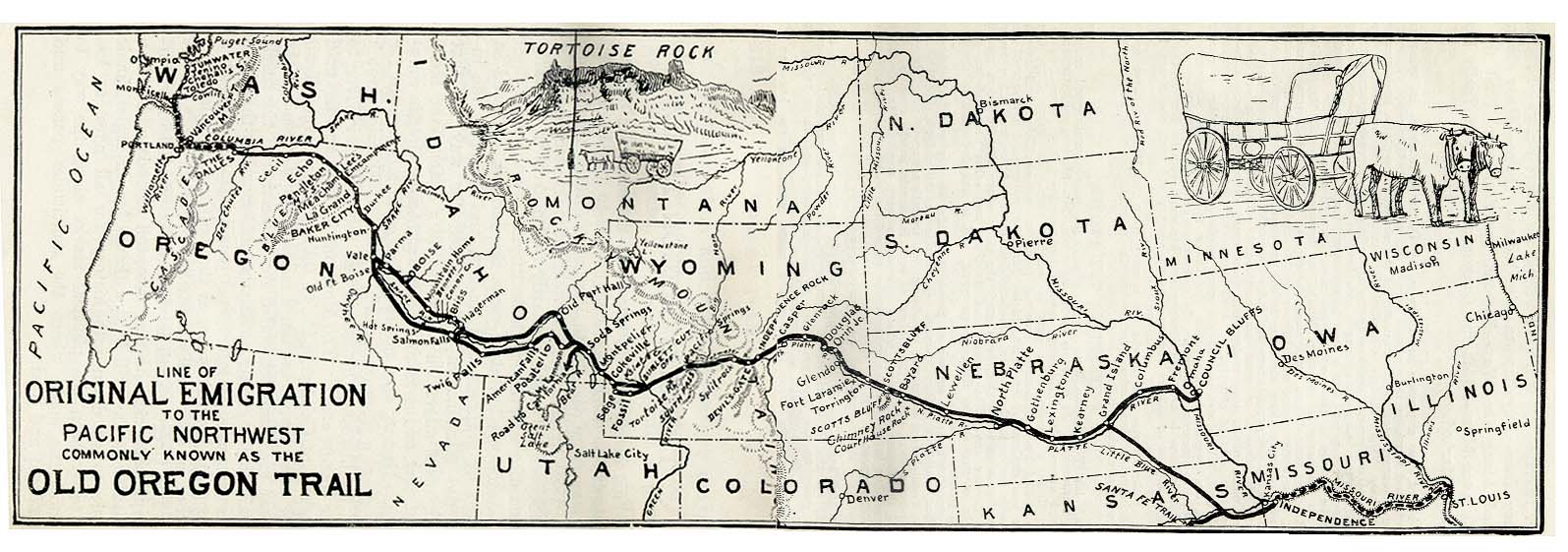CONSTITUTION TEST REVIEW
1. What was our first constitution?
2. Why did we need a new constitution?
3. What are the Bill of Rights?
4. How many branches of government are there, what are they, what is their function, and who makes up each branch?
5. How many articles in the Constitution?
6. How many amendments?
7. Which house must tax bills be started (revenue)?
8. What is the term of a Senator, House of Representative, President, Judge?
9. What are qualifications of Senator, House of Representative, President, Judge?
10. How many Representatives do each state get? How many Senators?
11. How is Speaker of the House chosen?
12. Who elects the Senators?
13. What two ways can a bill become a law without the Presidents signature?
14. Who has power to coin money?
15. Who can declare war?
16. What is a writ of habeas corpus?
17. What is a bill of attainder?
18. What is an ex post facto law?
19. How are the number of electoral votes a state gets determined?
20. Who is next in line for president if the President and Vice President can’t serve?
21. Who has power to make treaties, who has to approve the treaties?
22. Everyone is guaranteed a trial by __________ if they have committed a crime
23. To propose an amendment, you need how many (%), to ratify an amendment you need what percent and from whom?
24. To search a persons property or house they must have what?
25. The court may not take a man’s life without what?
26. If there is no majority of electoral votes, who chooses the president?
27. What is a citizen of the U.S.?
28. What is the Elastic Clause?
29. What does amendment #5 guarantee?
30. What does the sixteenth amendment do?
31. What does the first amendment do?
32. Who appoints members of the Supreme Court?
33. At what age can one vote in the U.S.?
34. What does the 24th amendment do?
35. Which amendment is the only one to be repealed? what does it say? which one repealed it? what does it say?
36. Know what popular sovereignty, federalism, checks and balances, limited government, and separation of powers all mean (the five principles of government)
37. How many states had to ratify the Constitution according to article 7?
38. How many years is the President limited to? how many terms?
39. Who becomes president if the President dies?
40. Who impeaches an official, who acts as jury?
41. What did the 19th amendment do?
42. Which amendment abolished slavery?
43. What percent must vote in order to convict an impeached official?
44. What percent can Congress override a President’s veto?
45. Who is the president of the Senate?
46. Who gained the right to vote in the 15th amendment?
47. The 4th article guarantees the people a republican form of government. what does that mean?
2ND TEST
KNOW THE DEFINITIONS TO THE FOLLOWING WORDS OR TERMS OR WHAT THEY DO
checks and balances separation of powers limited government
Judicial Review supremacy of national law impeach
Popular Sovereignty federalism amendments
Know the Preamble or the six goals of the Constitution — Be able to use those goals with examples.
Be able to use the five principles of government with examples.
KNOW THE DATES OF THE FOLLOWING EVENTS (Chronological Order):
Declaration of Independence End of the Revolutionary War
Bill of Rights added to the Constitution Articles of Confederation adopted
The Constitution is written
Know what Enumerated Powers, Reserved Powers, and Concurrent Powers are and what powers belong to each.
ESSAY
Know the 1st Amendment
Know the 2nd Amendment
Know the 4th Amendment
Know the 5th Amendment
Electoral College method of voting for President
Great Compromise (New Jersey & Virginia Plans)
Government’s method of checks and balances
